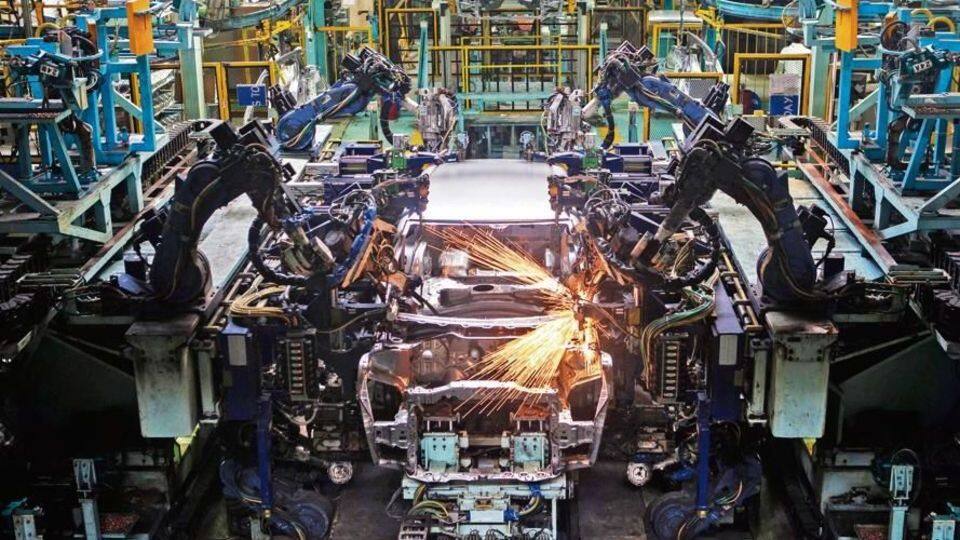
New Delhi: With industrial output in the September quarter contracting 0.4% from a 3% expansion in the preceding three months, economic growth is likely to slow to less than 5% in the quarter ended September, data for which is to be released on 29 November.
The weaker-than-expected economic data emerging from India points to a deepening slowdown in Asia’s third-largest economy, where private consumption, investments and exports have all taken a hit. Economic growth rate had cooled to a six-year-low of 5% in the June quarter.
“GVA (Gross Value Added) and IIP measure two different data points and industrial GVA growth has generally been in excess of IIP growth. However, in Q2 of FY20, industrial GVA growth is likely to be lower than 2.7% achieved in Q1 of FY20,” said Devendra Kumar Pant, chief economist at India Ratings.
Nomura has projected September quarter GDP growth to decelerate to 4.2% from 5% in the June quarter of FY20. The brokerage last week cut its overall GDP growth forecast for FY20 to 4.9% from 5.7% estimated earlier, the lowest so far among forecasting agencies.
SBI in its Ecowrap report released last week said it is less hopeful of a growth pick-up in Q2 FY20. “Out of 26 indicators, only 5 indicators were showing acceleration in September. This indicates the demand slowdown in the economy is still significant and would take longer time to recover. If we map the leading indicators showing acceleration, there is a distinct possibility that growth in GDP in Q2 will be lower than 5%,” the report said.
The Narendra Modi administration has taken a series of steps to reverse the slowdown, including a cut in the corporate tax rate in September. The Cabinet cleared a proposal last week to set up a ₹25,000 crore debt fund to finish incomplete housing projects, a move that is expected to boost cement and steel sectors in the coming months.
Sachchidanand Shukla, chief economist at Mahindra Group, said the government has tried to address sectoral pain points through specific measures. Most of these measures are addressing supply-side concerns and not those on the demand side, barring RBI’s rate cuts, he added. “We will see from Q3 onwards a slight recovery and may end Q4 probably with a growth rate of close to 7%. The factors that will support this recovery are a favourable base, some favourable lagged effect of RBI’s policy rate cuts meant to infuse liquidity and government spending. This recovery will be clearly visible from Q4. Please bear in mind, large part of it will be statistical,” he added.
The country needs to create employment and livelihood so that income levels go up which will help resolve the weakness in the economy rather than resorting to patchwork aimed at boosting investor sentiment, said Arun Maira, former member of Planning Commission of India. “We need a broader policy for improving incomes and livelihood. Short term measures will not help recover the economy in a sustainable way. We need an industrial policy that focuses on the bottom of the economy, that is, small enterprises in various sectors, which will create more employment and income for people. From this, we can derive the solutions for other facets of the economy,” Maira added.